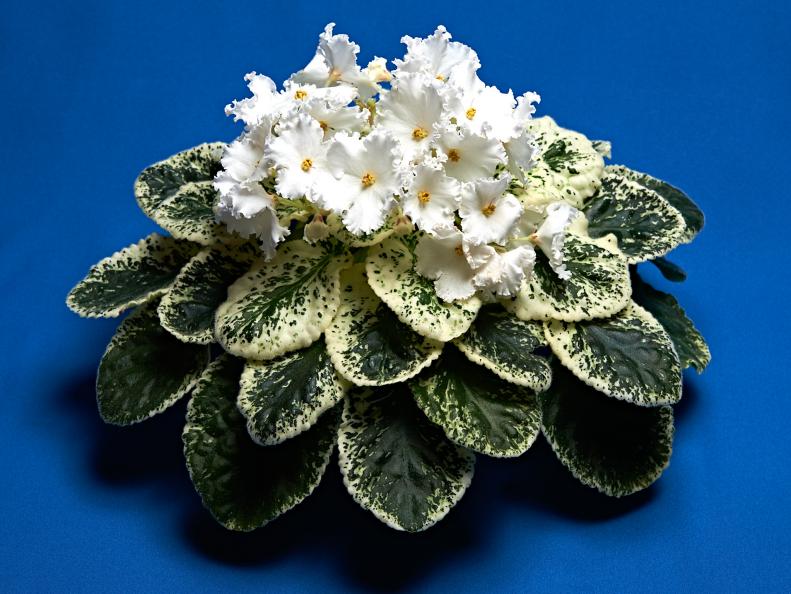1 / 13
Photo: Winston J. Goretsky/African Violet Society of America.
From:
Lynn Coulter.
African Violet 'Pixie Blue' (Rodney Barnett)
African violets come in a spectacular variety of leaf types, flower shapes, colors and sizes. You'll find lots of information about caring for them at the African Violet Society of America. This variety, ‘Pixie Blue’ (L. Lyon, hybridizer), is a miniature trailer with single flowers.









